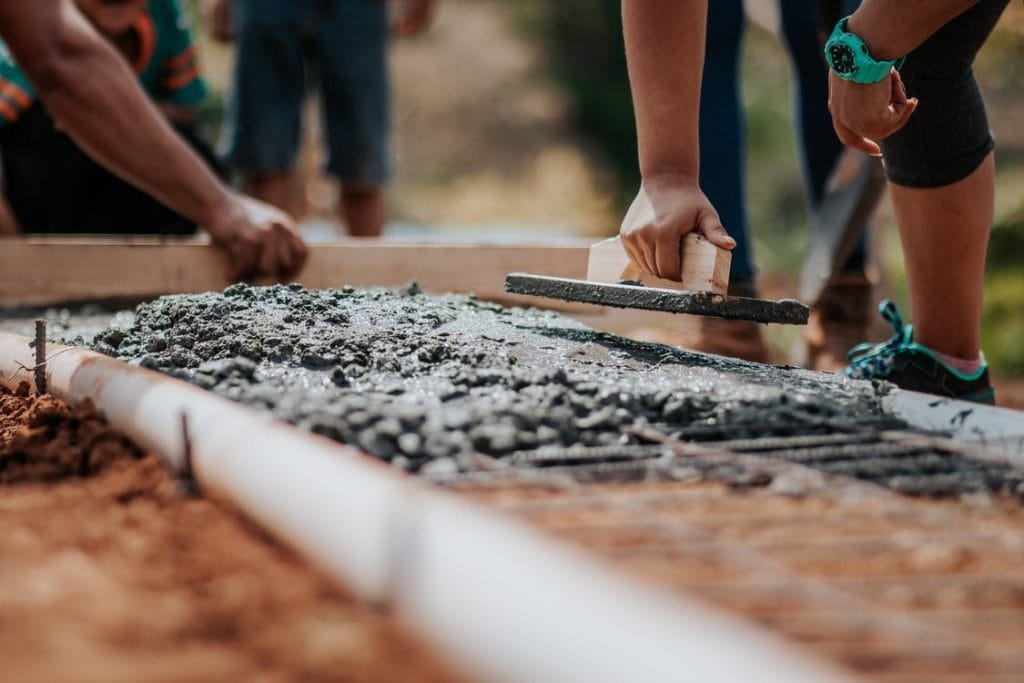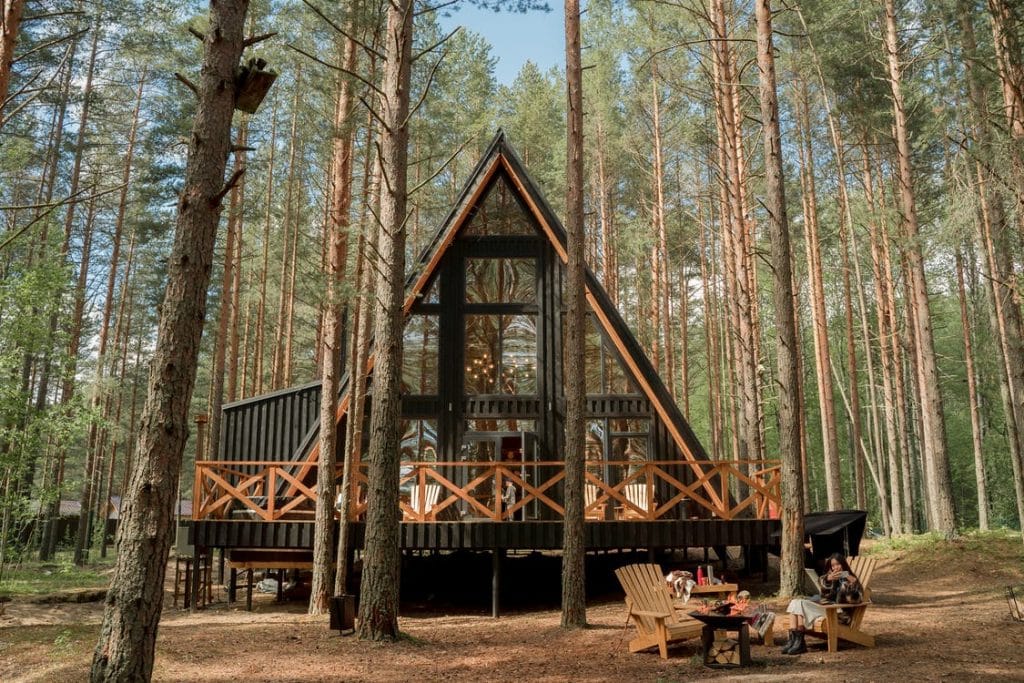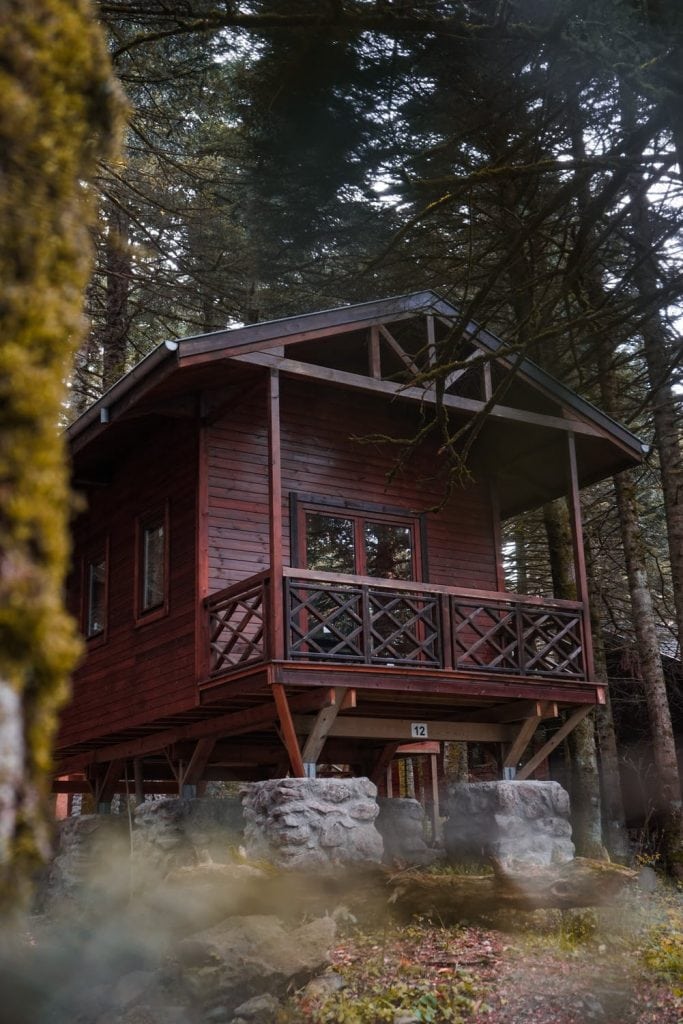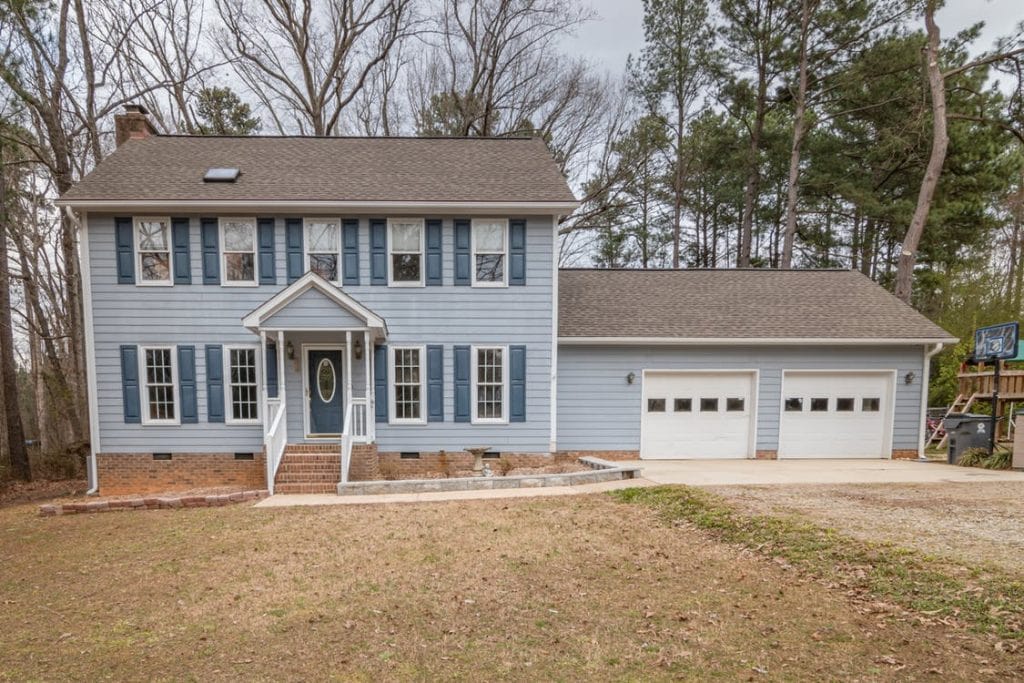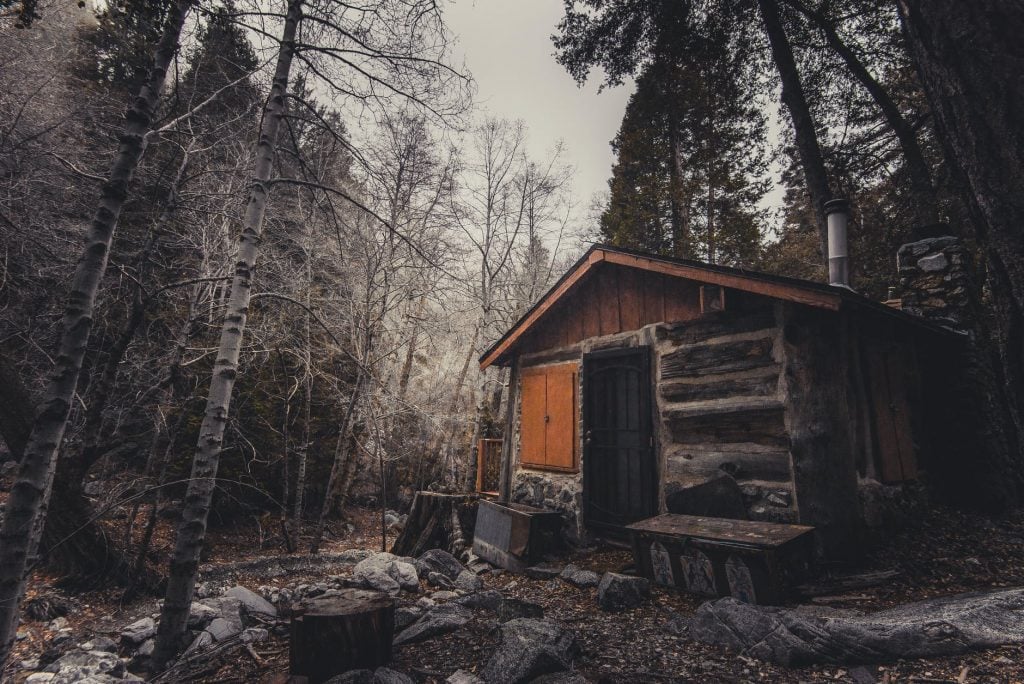In the past, many Australian homes were built on timber "stumps." In the colonial era, this was sometimes literally true, but the practice of using timber posts for foundation work, in general, became known as "stumping," whether the posts were cut from tree trunks or milled timber. Many native Australian trees hold up well against rot and termite damage, but even the best stumps eventually give way to rot, infestation, and/or movement. This is when you need to call on the services of a restumping specialist. What is restumping? How do you know when restumping is necessary?
Restumping, also often called reblocking, basically involves removing existing stumps and replacing them with new stumps. This is done by jacking up the area around the defective stumps and then lowering the floor joists back onto the new stumps and securing them in place. This alone is a complex process, but in order to ensure the house will be level and structurally sound when the job is completed, each new stump must be precisely positioned.
Rot-resistant timbers such as Victorian Red Gum are still used for restumping, but most homeowners today opt for more expensive yet longer-lasting concrete or galvanized steel and sometimes a combination of the two. Aside from having a longer lifespan than timber stumps, these types of stumps can be more firmly and accurately secured to their bearers.
Some of the signs that your house may need restumping include:
Creaking floors may be an indication that the floors are no longer level or that some stumps have settled.
"Spongy" feeling floors are a sign that stumps have settled or rotted and that the bearers have separated from the stumps.
Cracks in walls may indicate that one side of the house is "sinking."
Doors and windows that stick may be sticking because their frames are no longer square and plumb. This is an indication that the structure around them is no longer level.
If you're buying older fibro or weatherboard home, chances are it is a stumped home. Before you decide to buy, get under the house and check for rot or termite infestation or hire a professional to do so for you. In most cases, if there is damage to one stump, there will be damage to more. Restumping can be an expensive process, and in many cases, some cosmetic work will have to be done in the home afterwards since the lifting and tilting of the house causes cracks in plaster and other minor damage.
Does your house need restumping?
Are there cracks in your plaster walls? Is your floor uneven? Do your doors and windows stick? Does your glassware clink merrily on the shelf every time someone walks past? Your house may need some stump love, so it's time to call in the experts.
Unless your property is built on a concrete slab, most houses need restumping at some stage. Older houses are built on timber stumps, which can last anywhere from 15 to 80 years, depending on a variety of factors.
If you're planning major renovations, be sure your existing stumps are up to it – if there's any doubt, include restumping as part of the job. You'll save both money and headaches in the future.
What exactly is restumping?
Restumping (sometimes called reblocking) consists of jacking up the house, removing the existing wooden stumps and replacing them. During the restumping work, floor levels need to be reset, and it's possible that the movement will cause warped doorframes, cracked plaster, damaged tiles and so on. These days, the replacement stumps are usually concrete and should last longer than wooden stumps.
A house can be partially restumped if only certain areas need it. But if half of your stumps are visibly decaying, there's a very good chance that the others are probably on the way out, even if they seem OK. It's usually advisable to replace all the stumps at once. A restumping expert or building inspector will be able to advise you on the best course of action.
What's it going to cost?
So, how much to restump a house?
Well, restumping costs can vary depending on a number of factors. These factors include :
Fully restumping a 150 square meter home can cost anywhere between $10,000 and $30,000. Be sure to obtain multiple quotes from contractors and ensure that you are clear about the scope of work that needs to be completed before signing any contracts.
The going rate changes based on many factors, including where you live, the size of your house (how many stumps are there?) and the size of the sub-floor space (how difficult will it be for workers to access underneath?). Soil condition and the state of bearers and joists will also affect the final bill. It's a competitive business, so get a number of quotes and then see whether your preferred restumping is able to match the lowest quote.
Find the right restumping.
Personal recommendation is best – if you can find someone who has had a property restumped and had a good experience, take their advice.
Make sure any restumping you choose has the appropriate experience (and insurance). If you're not sure where to start, contact a registered Master Builders Australia member in your area.
Ask the restumping about recent jobs they've done (and maybe an older one to ensure the levelling hasn't changed). Find out if any of their past clients would be willing to provide a testimonial. If the restumping doesn't want to tell you, that may be a cause for concern.
Make sure to search for stumpers online to find any reviews or feedback, and make sure they've been in business for a number of years under the same name.
Ask the right questions.
Before you sign a contract, be sure you're clear about the scope of work agreed upon. Ask the contractor:
- are all stumps going to be replaced?
- Will the floor level be at the existing height or higher?
- Is replacement of rotten/damaged bearers and joists included in the quote?
- What is internal damage likely?
- If they are pulling up floorboards, will they reinstate them? What about the carpet?
- Is levelling of floors guaranteed?
- Will doors and windows be restored to good opening condition?
- Will old stumps and other waste be removed?
You'll also need a council permit. While this sounds like a hassle, it does mean the work will be independently inspected. Be sure to find out if your restumping will obtain the relevant permits or if you need to do it yourself.
And you're away! You generally shouldn't have to move out of your home while the work is being done, and in seven to 10 days, you'll be freshly stumped. Now you've got the lowdown, contact your mortgage broker if you need to discuss financing options for the big job.
What Is Involved In House Restumping?
Typically, it is common for newer homes to be built with concrete or galvanized steel stumps. These are also used as replacement stumps and should last longer than wooden stumps.
If it is determined that your house requires to be restumped, your home will be slowly and gradually jacked up to the height required to remove the current stumps and replace (or, in some cases, remove them completely).
It is important to be mindful that although house restumping or reblocking will prevent any further damage and eliminate the risk of collapses, the movement caused by jacking the house may result in some issues to doorframes, tiles, or even further cracks in walls.
Frequently Asked Questions
Homes built on a concrete slab foundation generally achieve higher energy ratings because of the insulation provided by the concrete. In contrast, homes built on stumps require careful attention to insulation of the subfloor in order to achieve a satisfactory energy rating.
Generally speaking, homes built on a concrete slab achieve higher energy ratings due to excellent insulation provided by the concrete. Homes built on stumps may require careful attention to insulation of the subfloor in order to achieve an acceptable energy rating.
Dig the holes 300 x 300mm square and 600mm deep. Dig them so that when the stumps are centred in them, the outside edges of the stumps are flush with the string line. Before setting the stumps in the holes, place a timber sole plate in the bottom of each hole.
Footings are an important part of foundation construction. They are typically made of concrete with rebar reinforcement that has been poured into an excavated trench. The purpose of footings is to support the foundation and prevent settling. Footings are especially important in areas with troublesome soils.
The stump is the simplest and most familiar footing used for the vertical support and the transfer of building loads to the foundation. Stumps are used to support timber-framed houses for which they are currently the most cost effective.
Who Do You Call For House Stumping?
The best course of action is to call a restumping professional rather than DIY restumping a house yourself. This is very important, as if this is not done correctly, you may be compromising the structural integrity of your home as well as the safety of your family.
Because restumping affects the structural integrity of the entire house, it is important to choose a restumping contractor carefully. Get at least three quotes and insist that the quotes are detailed, including the materials that are going to be used, the number of stumps that are going to be replaced and other details. You also want the contractor's guarantee that the house will be brought back to level when the job is completed, that all necessary building and safety regulations will be adhered to, and that the builder will obtain council approval before commencing work. Finally, ask each contractor for at least two references from satisfied former customers. A reputable and experienced restumping contractor will have at least two former clients who will happily vouch for them.
Be sure that the person you contact has the appropriate experience, as well as insurance.
Check online for reviews and feedback. It is best to always choose a licensed tradesperson.
Permits
Additional permits may be required, including council permits. Despite the hassle, it means that the work will be independently inspected. Your contractor may be able to obtain these permits on your behalf. Otherwise, you will need to get these yourself.
Please also be aware that renovating a home may also change what home and contents insurance cover you may need.
Please contact your insurance provider to discuss prior to beginning work.
What's the difference between restumping, reblocking and underpinning?
Restumping, reblocking, and Underpinning has one thing in common – they are related to the foundations on which the structure of a house rests. The terms refer to the process of replacements and repair of wooden or concrete stumps that support the structure. Although the three processes deal with the foundations of the house, they are not the same.
Restumping/Reblocking
These two terms can be interchanged while referring to the replacement of foundation stumps. The reason is that both processes have a similar approach. If the concrete or wooden stumps underneath a house start to crack, contractors replace the old stumps with new stumps. Restumping or reblocking involves placing jacks to support the floor as the worn-out foundation is dug out and removed. Once the cracked stumps are removed from the base, new concrete stumps are inserted in their place. This process may cause minor damage to the floors and the walls of the house. Our contractors fix these damages after the new foundation has been laid below the house.
Underpinning
This process is used exclusively for homes in Melbourne that have walls of brick veneer and a foundation of concrete slabs. Over the years, the weather and ground elements cause the slabs to crack in certain places or sink in certain spots. When this happens, the brick veneer losses its tight alignment, leading to structural instability. The underpinning process uses jacks to prop up the cracked and slumped slabs while a new coat of concrete is poured around the jacks. This stabilizes the brick alignment and adds more stability to the structure.
The Difference
With consistent wear and tear, your home endures harm that you don't even know is occurring. One problem that could emerge in your home is a slagging foundation. But there is no cause to panic. The magnificent construction world has concocted various strategies where your home can be spared from the foundation giving away and destroying your palace. Although, there are a number of ways that can help solve this issue.
One of the Methods utilized is known as Underpinning, which is utilized for houses with thick solid walls. As time pass, these concrete and stones age, and the stones start to crack. Due to this, the structure upheld by it begins to sink and cause over the top drive on the supporting pillars. The strategy utilizes jacks to bolster the fragile pillars, and then cement is poured on the jacks to make sure that the support is steady and there is no instability in the structure. On the other hand, for the individuals who lean toward an alternate technique, then house restumping is ideal for you.
Another method adopted by contractors in house reblocking or house restumping. This can be referred to by both terms, and the procedure includes supplanting the feeble rotting stumps with newer jacks to bolster the spoilt beams at the foundation. However, the problem with this strategy is that it could affect the house over the ground level, and the walls and floors might start to crack.
Restumping, reblocking, and Underpinning share a thing– they are identified with the foundation on which a house rests. The terms are the substitutions and repair of wooden or solid stumps that bolster the structure. In spite of the fact that the three procedures manage the foundation of the house, they are quite different.
